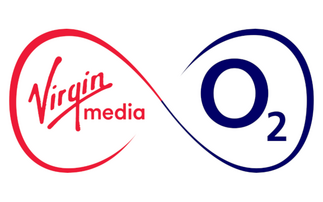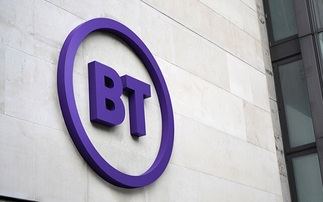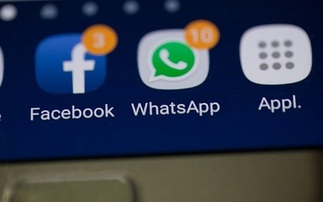With UCLH implementing one of the first large-scale fixed mobile convergence projects in the UK, James Thomas talks Computing through the process
Computing: How is the FMC implementation progressing? Thomas: We have gone through all the coverage testing and the private mobile radio (PMR) network is in as well. We are now trialling standar...
To continue reading this article...
Join Computing
- Unlimited access to real-time news, analysis and opinion from the technology industry
- Receive important and breaking news in our daily newsletter
- Be the first to hear about our events and awards programmes
- Join live member only interviews with IT leaders at the ‘IT Lounge’; your chance to ask your burning tech questions and have them answered
- Access to the Computing Delta hub providing market intelligence and research
- Receive our members-only newsletter with exclusive opinion pieces from senior IT Leaders



















